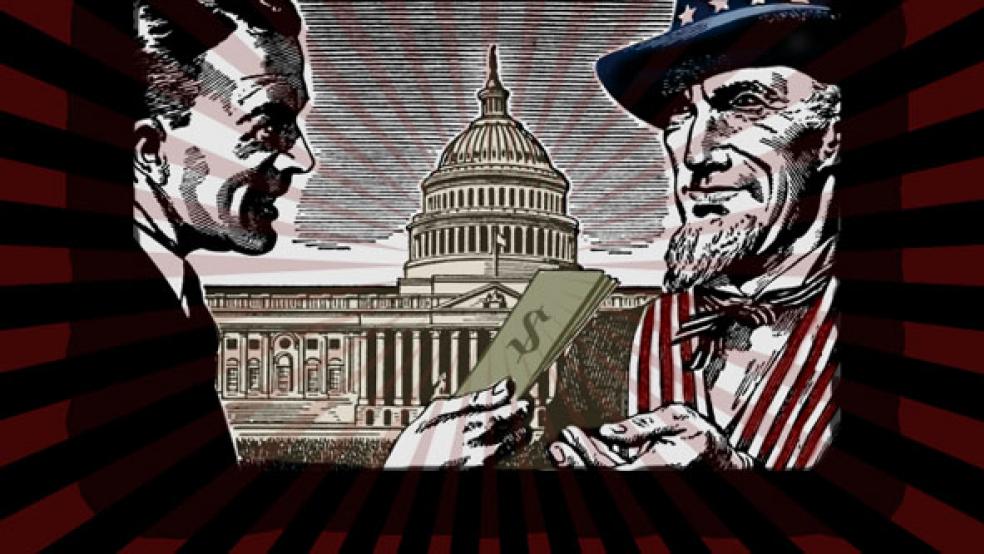Reducing the size of government has long been a goal for conservatives, but it’s been a tough promise to keep even when Republicans are in full control of Congress and the White House. And a new analysis by the liberal Center on Budget and Policy Priorities (CBPP) makes the case that federal spending and revenues will have to grow in the coming decades.
“This is not a statement of political values; it’s a reflection of basic realities — the aging of America’s population, health care costs that rise faster than the economy grows (especially as medical advances continue), potential national security threats, and current and emerging domestic challenges such as large infrastructure needs that cannot be deferred indefinitely,” the report argues. CBPP also cites the growing cost of the national debt as potential problem calling for higher revenues.
Speaking at an event hosted by CBPP Wednesday, former Treasury Secretary Larry Summers said the government will have to be larger the future in order to maintain “traditional American values.” Summers cited four unavoidable economic trends that will make it very difficult to reduce government spending in the coming years. Albert Hunt of Bloomberg View listed the four key drivers Summers spoke about:
* The aging population
* The unsustainable, dramatic rise in inequality
* Changes in structural pricing that disproportionately affect government
* Rising national security costs.
The federal government is heavily involved in each of these areas, and each is creating a need for higher government spending and thus higher tax revenues. The biggest trend is demographic: The U.S. has an aging population, which means more money will be needed for Medicare, Medicaid and Social Security. The government’s heavy involvement in medicine is particularly important, since it’s one of the economic spheres subject to Baumol’s cost disease – the ever-increasing price of labor in professions with limited productivity growth.
Like What You’re Reading? Sign Up for Our Free Daily Email
The increase in economic inequality has profound effects for federal spending as well, since the government has long played a role in ameliorating poverty and providing services for the less well-off. And it’s hard to see how the U.S. can spend less on its military, especially in light of increased spending among its primary adversaries, including China and Russia.
While federal spending as a percentage of GDP has leveled off in the 20 percent range in recent years – in 2016, federal net outlays were 20.68 percent of GDP; in 1980, the figure was 20.64 percent – CBPP sees spending rising to 23.5 percent of GDP by 2035.
CBPP argues that the need for higher spending and revenues isn’t really a partisan issue. Any country facing the demographic changes that are store for the U.S. needs to think seriously about how to pay for services that that population has come to expect. CBPP also reminds us that the U.S. is a low-tax country when compared to its peers around the world. In their view, there’s little choice but to raise taxes. The only question is how to do that in ways that don’t harm the economy’s long-term growth.




